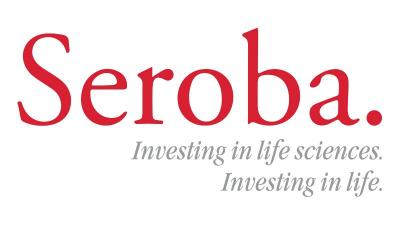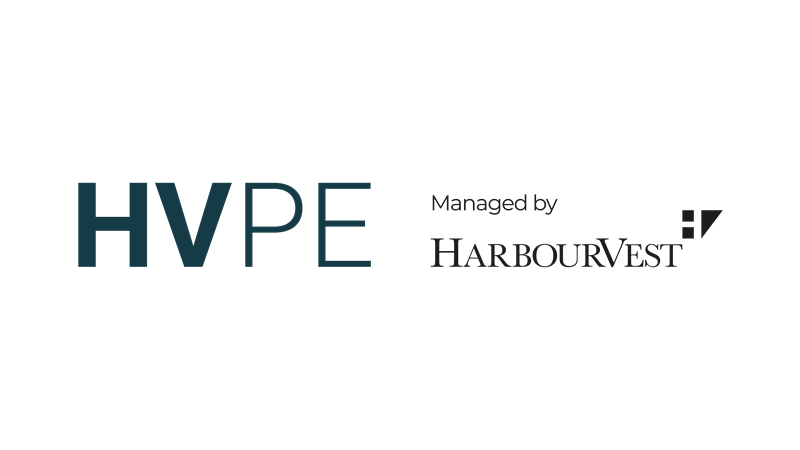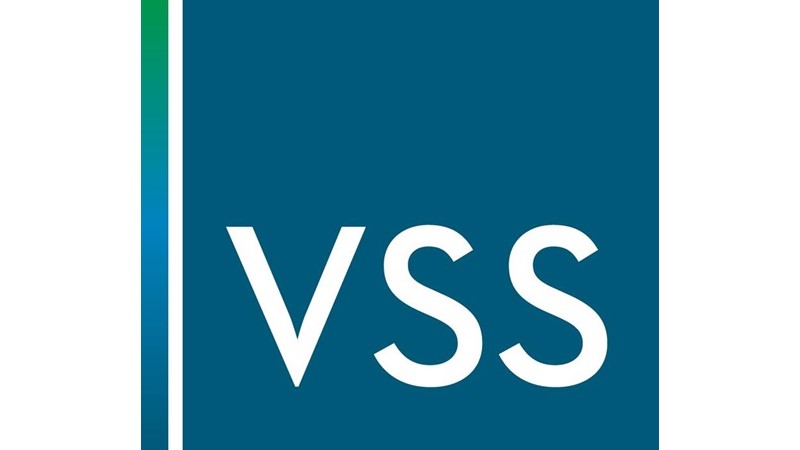Understanding Of Benchtop To Bedside Journey Delivering Alpha For Seroba Life Sciences
Partner Content provided by WM Nexus
It is widely appreciated that when it comes to healthcare investing, the demographics are on your side. An ageing population inevitably faces a host of health challenges.
Yet within this overarching demographic trend and perhaps partly because of it, healthcare is undergoing revolutionary changes with new biological insights, and data collection and analysis transforming a sector once largely reliant on empirical observations.
The most striking example is the development of treatments based on the messenger RNA molecule (mRNA) which currently underpins two of the current Covid-19 vaccines.
Yet that is just the highest profile of several developments moving rapidly from the cutting edge and into mainstream medicine.
Indeed, Dublin and Paris-based Seroba Life Sciences’ history of investing since the early 2000s has followed and benefitted from many of these developments.
Speaking at the recent WM Nexus virtual forum entitled ‘Sustainability in industries essential to livelihoods’, Jennifer McMahon, Principal, Seroba Life Sciences addressed the overall context first.
She said: “By 2030, there will be a 56 per cent increase in people over the age of 60. We have ageing populations and, unfortunately, as we age, we tend to get sick with acute or chronic illnesses, many where at best sub-optimal therapeutic options exist today; such unmet medical needs lead to a huge opportunity if you are able to bring new solutions. Healthcare is a very resilient market, worth $1.8 trillion and often regarded as recession proof.”
It is also a market with characteristics that appeal to early-stage investors given the abundance of cash-rich acquirers seeking innovation ($20bn Biopharma M&A activity in 2020) and welcoming financial markets, with a record 112 biotech and medtech IPOs in 2020 following 74 in 2019.
The impact of innovation should not be surprising, says McMahon. In recent years 60 per cent of drugs that got to market originated from start-up companies.
Bruno Montanari, Partner at Seroba Life Sciences added: “Sources of innovation often come from academia where scientific founders may work for years on a given pathway relevant to a particular disorder. Alternatively, founders may originate from spin offs from mid or large-sized pharma, or from medical companies where for various reasons, opportunities arise for people to leave one of the big firms, form a start-up and source private equity money.”
Successfully investing in these start-ups requires an early understanding of the market potential and appreciation of how a drug or medtech innovation will make the journey from “benchtop to bedside”.
Montanari added: “Investors need to understand the unmet medical need and make sure it is matched by a relevantly-sized market and addressable commercial opportunity. They also need to be comfortable with the exit potential, be it through M&A or an IPO.”
“Some inventions may be elegant but won’t have the characteristics of a VC-backed start up, if they lack the potential of this kind of end game.”
In terms of indications – the medical term for a valid reason to use a certain test, medication, procedure, or surgery – it may involve looking for something that addresses a common problem, but it could also be for a rarer disease where there are regulatory and financial incentives that make it commercially viable.
Once the above is established, the next stage for the innovation will be to conduct relevant lab studies to “further validate the hypothesis of the academic founders”.
Production challenges need to be considered as early as possible –so as not to get stuck a few years’ down the road with an innovation that is revealed to be too difficult or too costly to produce.
Some of the data generated will also help to substantiate claims for later patent filings, an essential component for this kind of investing that acts as a further barrier to entry.
The next stage involves the so called “in vivo” experiments essential to getting additional data, this time from relevant animal models. This will complete the benefit/risk profile of a new device or drug candidate for regulatory authorities as well as hospital ethics committees to consider the approval of clinical trial initiation, exposing healthy volunteers and patients to the innovation.
Throughout these stages, depending on the output, the design of a device may be tweaked or a molecule adapted to address a side effect or increase efficacy, as well as the delivery mode.
With pharmaceuticals, potential buyers may become interested as soon as data becomes available from animal trials.
“In biotech with a strong in vivo data package to give early proof of concept, you can sometimes start to think about being acquired,” he added.
There is rarely a need to continue supporting a biotech start-up until it reaches commercialisation stage before an exit may occur, although this is more common for medtech, where many funds may consider investing at a later stage with a view to drive the market launch pre-acquisition.
Buyers may also be encouraged by the fact that innovative approaches can swiftly become standard practice.
“We came from a world that decades ago was empirical with limited tools, driven by clinical observations without much knowledge at tissue or cell level. Treatments were often natural extracts,” he said. “Now improvements are driven by extraordinary advances in the understanding of biology with applications across life sciences, which led to many more treatment modalities.”
That encompasses techniques such as gene editing which is only in its infancy and will be hugely beneficial for patients. Similarly, new understandings about how tumours are able to ‘hide’ from the immune system have helped in the emergence of new therapies. This is a paradigm shift from which many patients are now beginning to benefit.
And perhaps most publicly of all, there is the extraordinary development of mRNA-based vaccines achieved in under a year to tackle the pandemic. These include the likely ability to adapt rapidly to deal with new variants.
Finally, we are moving from an era of standardised medicine to targeted and personalised medicine.
“We are seeing the convergence of biology, technology and information. It means there are new avenues and a richer set of data feeding from and into various fields. We are only at the beginning of a new wave of innovation” he added.
Amid all of this extraordinary innovation, one other fundamental applies – the cost. The ideal scenario is to profit from affordable innovations which bring down the overall cost of healthcare to society. This is achieved by having a clear understanding of the health economic benefit, from the outset of an investment.
This is illustrated by a number of examples currently held in Seroba’s third fund and outlined by McMahon.
Endotronix is a company that addresses heart failure, with a sensor to monitor changes in pressure in a patient’s heart. Changes in pulmonary artery pressure as far out as 30 days in advance of a worsening symptom can indicate a heart attack risk. This can then be addressed by small changes in medication, once the clinician is aware of these early indicators.
The firm also has a care platform where you check your weight, pulse and blood pressure daily at home, which connects wirelessly to a clinician who can see if a medication change is required.
She added: “It is really impactful. It is the cost of health care and the large volume of heart failure patients that drives innovation here. In the US in 2013, $31bn was spent to manage heart failure and it will increase to $70bn by 2030.”
Prexton Therapeutics is an example of the potential for early VC exits. It offered a treatment candidate for late-stage Parkinson’s disease addressing the fact that the established treatment L-DOPA becomes less effective with long term use. Seroba invested in February 2017 and exited in March 2018 contributing to Seroba’s Fund III top quartile performance to date.
Quanta Dialysis Technologies, an investment from Seroba’s Fund II, offers a more efficient approach to dialysis, with a small lightweight machine. Dialysis can be done from home or at specialist clinics, in a patient friendly manner, improving clinical accuracy and cutting health provider costs in a $79bn market.
“It is important that you are riding the innovation wave at the right time,” she said.
To do so, the firm has access to significant advisory expertise across a wide range of life science disciplines. It is increasingly networked with some serial founders and has strong relationships and experience working with other expert co-investors.
“We typically review 650 potential new deals a year and only invest in a handful, but it is important to build and maintain these relationships. You might have rejected something initially, but you may come back at a later point as programmes have progressed and the opportunity may then be a better ‘fit’ for the fund.” says McMahon.
Recent years have also been marked at Seroba by an increased exposure to North America, helpful not only in spotting relevant investment opportunities but as much in connecting European portfolio companies to a huge commercial market opportunity and source of later stage financing, after enjoying less costly development and valuation compared to North America.
“We have great science in Europe and plenty of innovative entrepreneurs ready to start new companies, but we also want them to be able to develop their relationship with US investors and access the US pool of talent and money.” added Montanari.
The planned Seroba Fund IV is aiming to raise €120m with a first close in mid-2021.
John Lappin is Contributing Editor at WM Nexus
© The Sortino Group Ltd
All Rights Reserved. No part of this publication may be reproduced, stored in a retrieval system or transmitted in any form or by any means, electronic, mechanical, photocopying, recording or scanning or otherwise, except under the terms of the Copyright, Designs and Patents Act 1988 or under the terms of a licence issued by the Copyright Licensing Agency or other Reprographic Rights Organisation, without the written permission of the publisher. For more information about reprints from AlphaWeek, click here.








